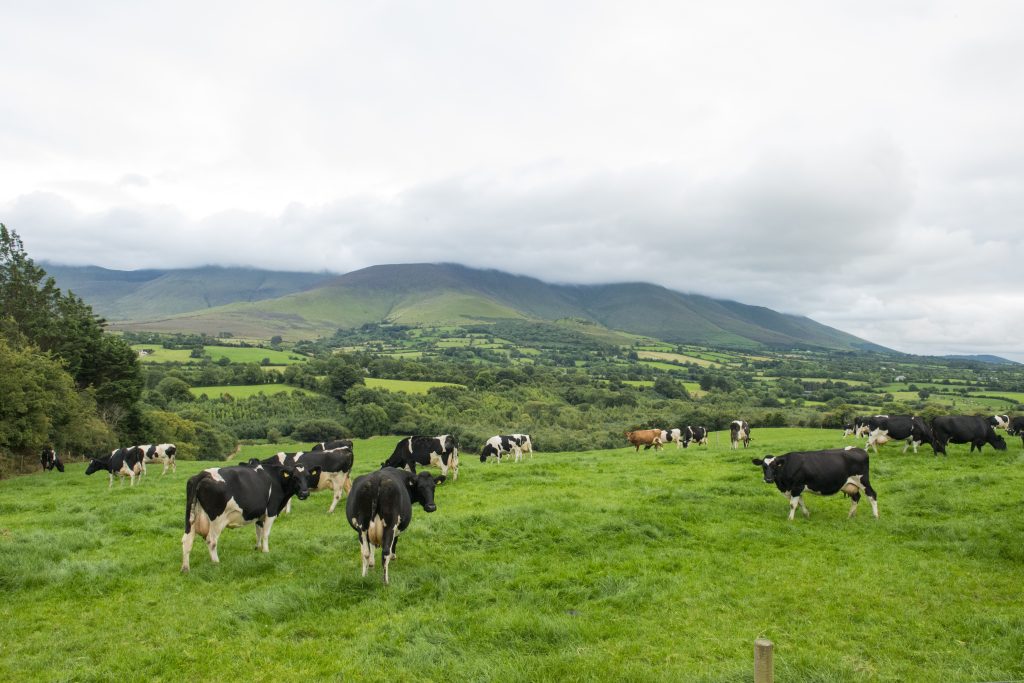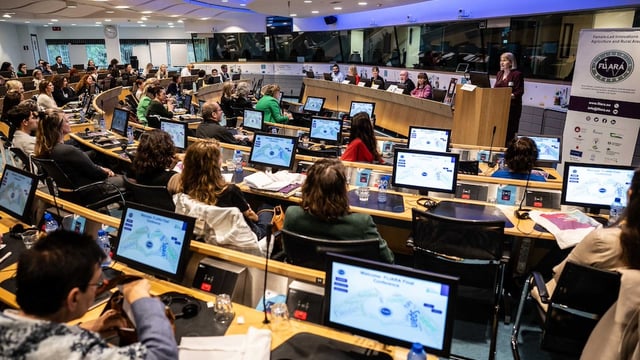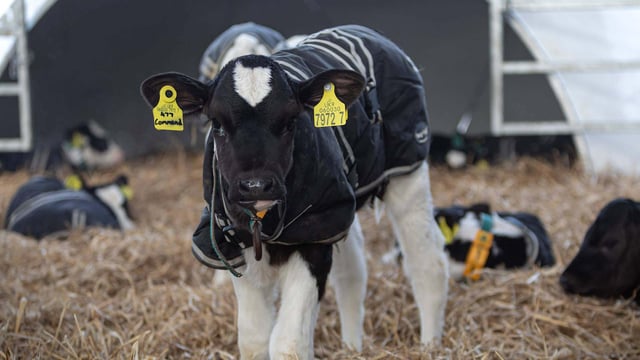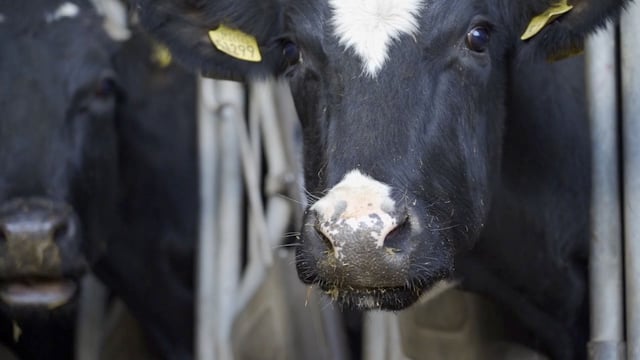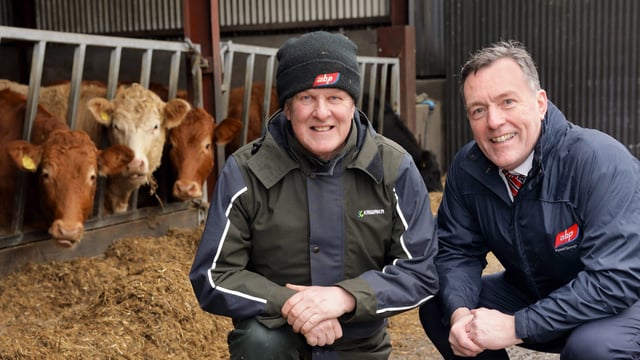Study looks at productive vs environmental support focus of CAP
The European Commission's science and knowledge service, the Joint Research Centre (JRC) has conducted an analysis of the potential impacts of two hypothetical scenarios related to the Common Agricultural Policy (CAP).
In the first scenario as part of Scenar 2040, support is directed towards CAP measures enhancing productivity and competitiveness, whereas the second scenario shifts support towards more environmental and climate-focused interventions.
The study also includes a counterfactual NoCAP scenario, simulating the removal of the entire CAP framework.
The aim of the study is to contribute to policy discussions on the future of the CAP.
The scenario results underscore the CAP’s essential role for the EU’s agricultural sector and its broader socio-economic and environmental interlinkages across territories.
The results indicate that the removal of the CAP framework would have considerable economic, environmental, and social impacts across the EU.
The two alternative CAP scenarios reveal contrasted outcomes aligned with their respective narratives.
The results highlight the CAP’s critical role, the complexity involved in balancing competing objectives, and confirm market fundamentals as primary drivers of production, although policy can significantly modulate outcomes.
CAP study conclusions
The analysis illustrates critical structural trade-offs. The 'Productivity and Investment' (Prod&Inv) scenario shows production expansion lowering per-unit costs and domestic prices, strengthening EU competitiveness in global markets, but potentially intensifying some environmental pressures.
Conversely, the 'Environment and Climate' (Env&Clim) scenario’s production contraction raises domestic prices, benefiting extensive producers but potentially increasing import reliance and reducing international competitiveness.
The results underscore the fundamental structural trade-offs between intensification and extensification.
Productivity-focused strategies enhance resource efficiency and limit herd and area expansion, according to the analysis.
Meanwhile, environmentally-focused extensification, while reducing per-hectare or per-animal environmental pressures, often requires larger livestock and land bases to sustain output levels, which tends to raise pressures per unit of output.
This structural trade-off likely persists even with sustainable intensification approaches, researchers have found.
Overall, while policy measures can significantly affect production and price dynamics, particularly in certain sectors, the Scenar 2040 scenario results consistently indicate that core market fundamentals (e.g., demand elasticities, trade patterns, and production efficiency), remain the primary determinants of production outcomes.
Policy choices, while impactful in shaping the distribution and intensity of effects, operate within these broader structural parameters, the study concluded.
Scenar 2040 broadly confirms the rationale underpinning existing policy objectives and reveals the diversity of the current CAP and its national CAP Strategic Plans.
The authors stated that the results underscore the critical importance of nuanced policy design that effectively accommodates the diverse needs and vulnerabilities within the EU’s agricultural sector, and the need for the CAP to address sectoral viability, environmental sustainability, and broader socio-economic outcomes.
To be effective, policy instruments must not only achieve stated objectives within the constraints of market fundamentals but also be equitable in addressing the diverse national and regional contexts and conditions across the EU, according to the analysis.
Furthermore, the broader implications at the global level need to be considered, as demonstrated by the implications on emission leakage, the analysts stated.


